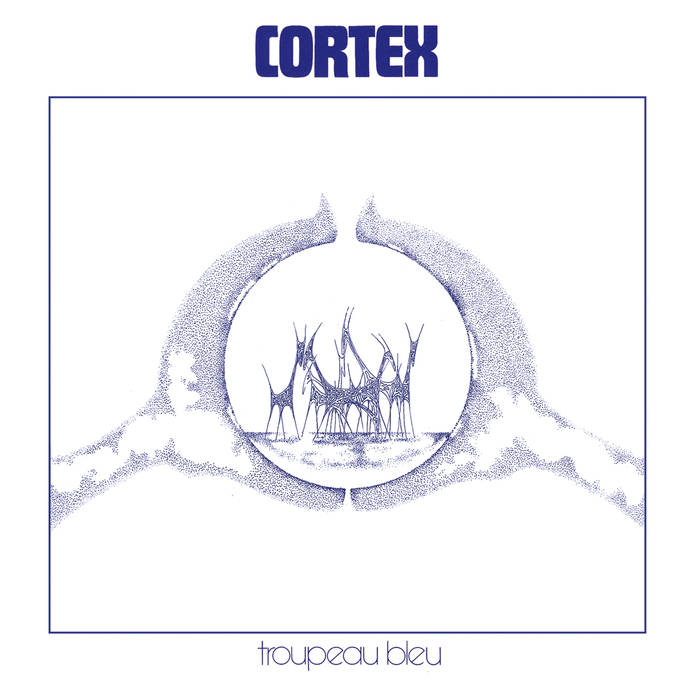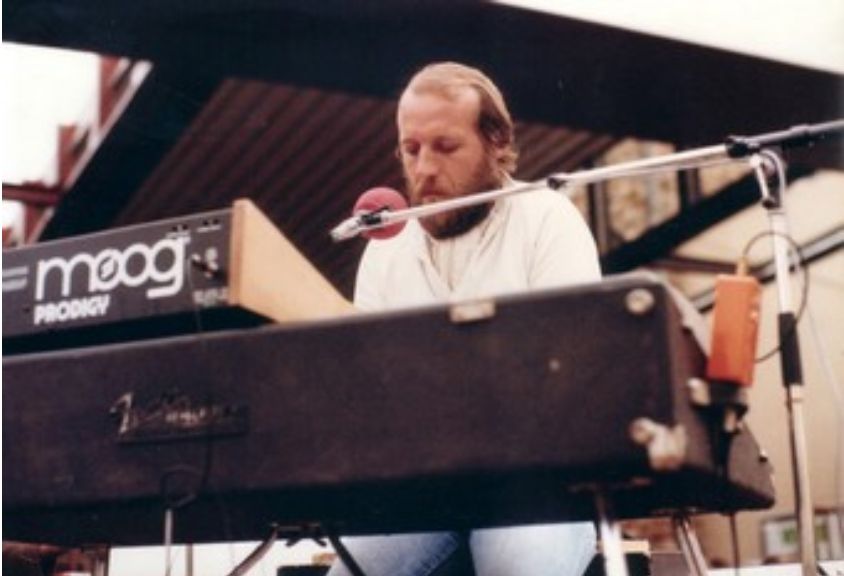
Cortex was everything jazz-funk fusion could have ever hoped to be. Their music was tightly arranged, with imaginative improvisations and not a note out of place. It was uplifting, with dance-worthy tunes, but it was also highly experimental and at times pensive and otherworldly.
Troupeau Bleu (1975) was the first album created by the trio under this name. It was recorded in two days. The album begins with “La Rue”, meaning ‘the street’, a song that symbolizes the incredible uniqueness of the album as a whole. The way I see it, a trio of sounds gives the album it’s extra-terrestrial quality. Bumping, ever changing bass lines, sputtering drum patterns, and a female lead singer whose operatic falsettos carry these heavy street-beats into the sky.
Of course, this is an unfair assessment in light of the man who virtually conceived the whole thing. Alain Mion was a renowned French pianist whose virtuosic solos challenged any of the great players of the day. He is still active, and even continues to play many of the arrangements that he wrote for Cortex. He took the young Moog synthesizer places it had seldom been before.
Yet, even for a talented player with a plethora of other notable studio albums (Pheno Men, Cortex, Vol. 2, Pourquoi) Troupeau Bleu represents an extreme high, a point of total euphoria. Few other fusion albums create such a distinctive sound and ride it in so many different directions.
The album dances between pensive piano compositions that are reminiscent of David Axelrod and tight funk arrangements that almost evoke “The Dry Cleaner from Des Moines”.
Perhaps the tallest order on the album is the spaced-out “Huit Octobre 1971”. Here, the vocalist rides various tides in an arrangement that could be mistaken for a true opera if it wasn’t for the heavy basslines and funky drum breaks that sat beneath those stunning jumps. The track is complete with movements, where tempo and structure change completely without warning. A willing listener will be rewarded for sticking this track out.
One notable willing listener was Daniel Dumile, MF DOOM, who sampled this track on “One Beer”.
I found this album during my senior year of high school on Mr. Bongo’s website. I was blown away, because my knowledge of music was so limited in those days, and I didn’t know that non-U.S. releases could achieve this depth. Frankly, I didn’t know how little I knew.
This album inspired me to dig deeper. It motivated me to scroll through Mr. Bongo, YouTube, and Spotify for hours and hours, looking for new albums and artists to paralyze me the way that this album did.
Two years and hundreds of songs later, I still am awestruck each time I put this album on and dive back into the unconventional, deep groove experiments on this 1975 masterpiece.

Standout tracks:
“La Rue”
“Prélude à Go Round”
“Huit octobre 1971”
“Sabbat 1-3”
By Jacob Newman

